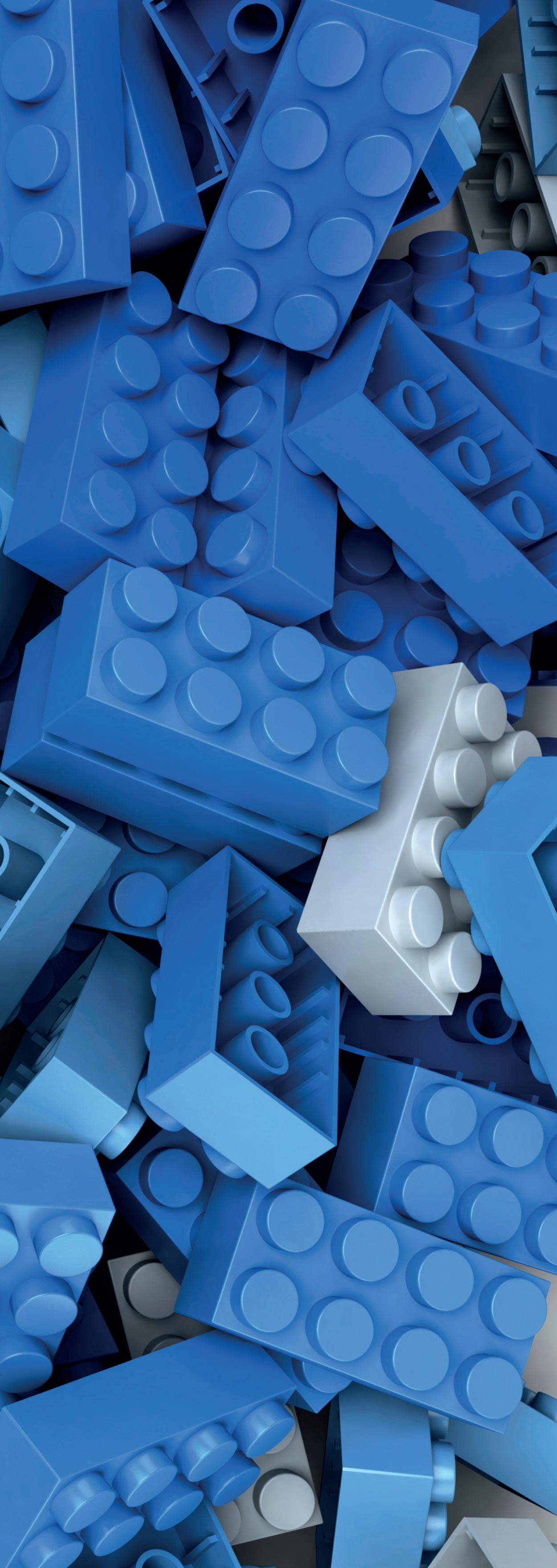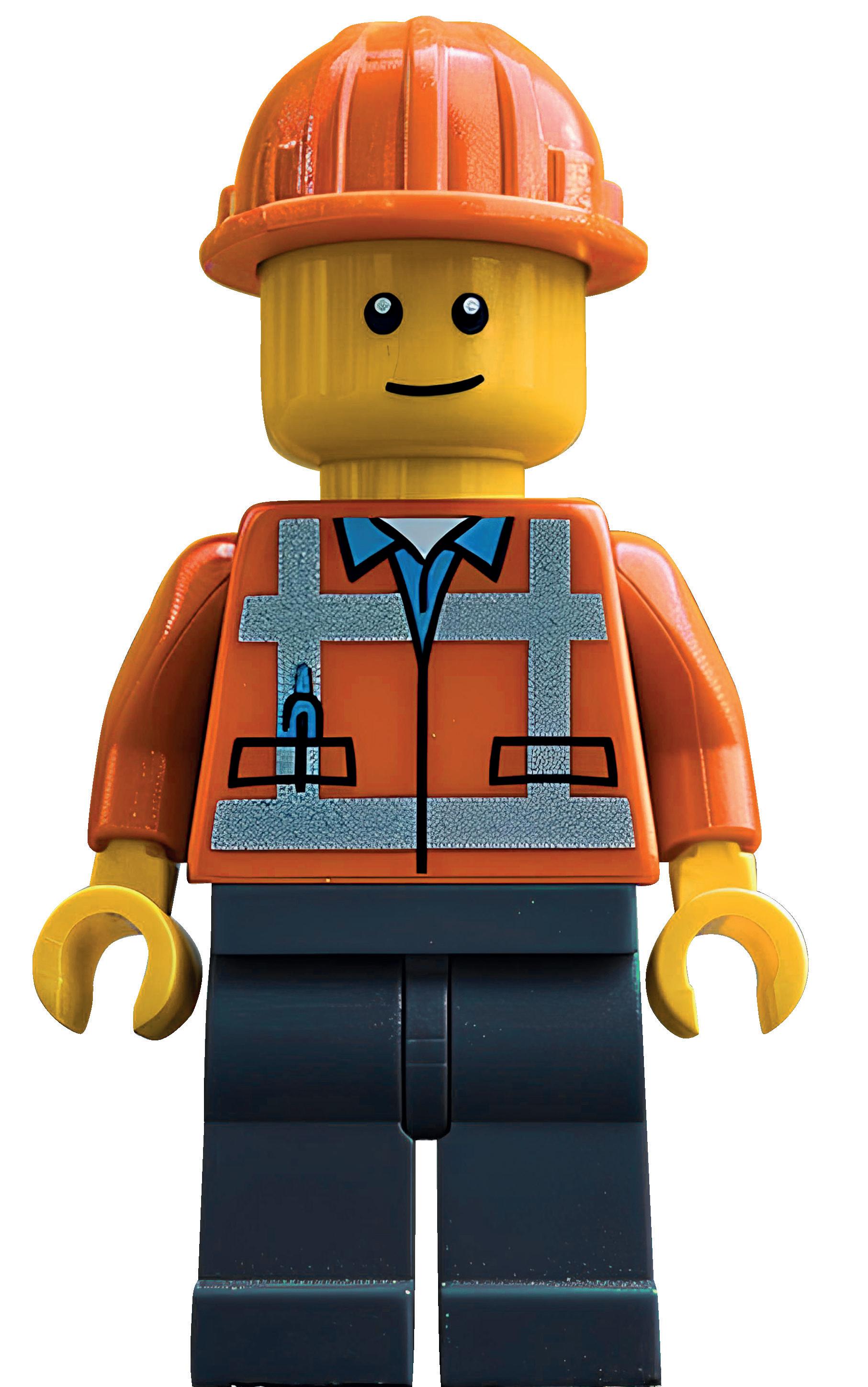
5 minute read
NEW CREDS ON THE BLOCK
The quest for a secure, transparent, reliable method of validating skills is over. Enter the world of Blockchain.
First things first - what the heck is Blockchain, and is it like Crypto?
Blockchain is often associated with cryptocurrencies like Bitcoin, and for a good reason - it is a decentralised digital ledger that records transactions across a network of computers. Its unique combination of security, transparency, and immutability sets Blockchain apart. Each transaction, or “block,” is cryptographically linked to the previous one, creating a chain of blocks that cannot be altered without consensus from the network.
But what does that mean in layman’s terms?
Imagine a shared document that everyone in a group can see and edit, like a Google Doc. Each time someone makes a change, it’s recorded, and the document updates for everyone to see. Now, imagine this document is super secure, meaning it can’t be undone or tampered with once a change is made.
In Blockchain, this document is represented by a chain of “blocks” of information. Each block contains transaction data, like who sent money to whom, when or who earned an accreditation, where it came from, and when it was awarded. These blocks are connected to each other, each holding a unique code that links it to the one before it, kind of like a digital fingerprint. Here’s where it gets cool: once a block is added to the chain, it’s really hard to change anything about it. Why? Because the code linking it to the previous block is super secure and almost impossible to fake. Plus, everyone in the network has to agree that a change is valid before it can happen, ensuring that the information in the Blockchain stays accurate and trustworthy.
So, in simple terms, Blockchain is a super secure and transparent way of keeping track of information, where every change is recorded and locked in place for everyone to see and verify.
So why is this better than, say, Open Badges?
Digital badges typically rely on centralised systems or platforms like the LMS to issue and verify badges. While they may use encryption and other security measures, they are inherently more susceptible to tampering or fraudulent issuance compared to blockchain-based solutions. Decentralised Blockchain-based credentials are not tied to any specific issuer or platform, making them highly portable and more interoperable.
Transparency at its finest
One of the critical advantages of Blockchain is its transparency. Every transaction recorded on the Blockchain is visible to all participants in the network, ensuring full transparency and accountability. In the context of workplace learning, employers can easily verify the skills and credentials of potential hires, eliminating the need for lengthy verification processes and reducing the risk of fraudulent candidates. Remember the days when your employer asked to see the paper version of your degree certificate or A-Level grades? Well, those days would be over with Blockchain.
Immutable records: say goodbye to fraud
Another hallmark of Blockchain is its immutability. Once a transaction is recorded on the Blockchain, it cannot be altered or deleted without consensus from the network. This feature provides an extra layer of security, ensuring that acquired skill records remain tamper-proof and verifiable over time. Say goodbye to the days of falsified CVs and inflated GCSE grades. Even Feris Beuller wouldn’t be able to hack into this high school computer and change these grades.
Embracing the future
Blockchain holds the promise of transforming the way we record and validate skills in the workplace. But what else is possible?
Micro-credentialing and skills-based learning
With Blockchain, learners could earn microcredentials for completing small units of learning or demonstrating specific skills. These micro-credentials could be stored on the Blockchain and accumulated over time to build a comprehensive profile of an individual’s capabilities. Employers and recruiters can use this granular data to identify candidates with the precise skills and competencies needed for specific roles, leading to more targeted talent acquisition and workforce development strategies. And if this talks to LinkedIn or recruiter platforms, things get really interesting.
Personalised learning pathways
Blockchain technology can enable the creation of personalised learning pathways tailored to the unique needs and preferences of individual learners. By analysing data stored on the Blockchain, such as learning preferences, past achievements, and performance metrics, algorithms could be created that recommend customised learning experiences, resources, and assessments. This adaptive learning approach ensures that learners receive content and support that aligns with their learning goals and maximises engagement and retention. And with the recent rise in AI, this seems more achievable than ever.
In summary, the integration of blockchain technology holds tremendous promise for the future of e-learning, offering enhanced security, transparency, and efficiency across the entire learning ecosystem. As Blockchain continues to evolve and mature, we can expect to see innovative applications that empower learners, make lives easier for recruiters and safely store staff development and training for organisations.











